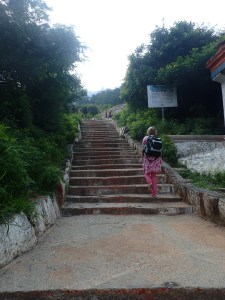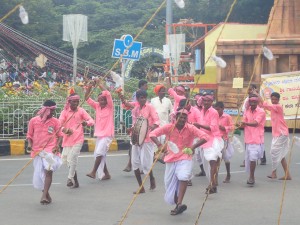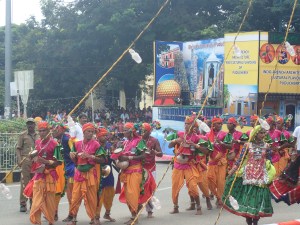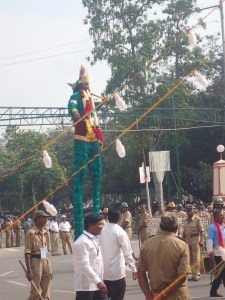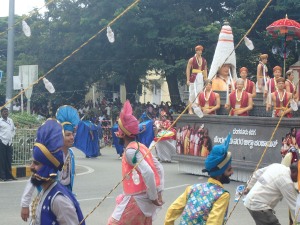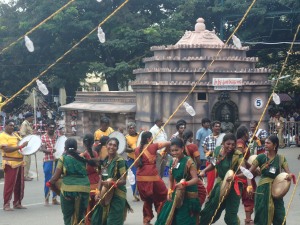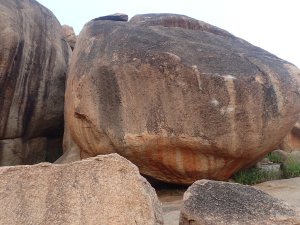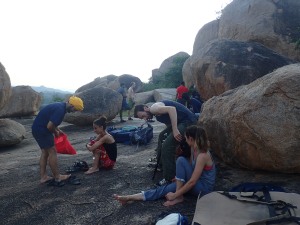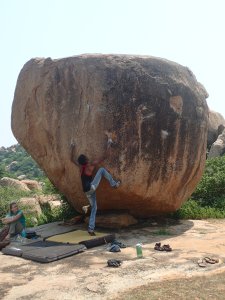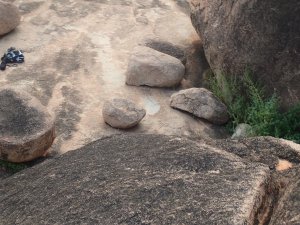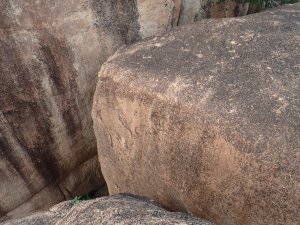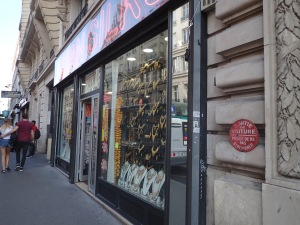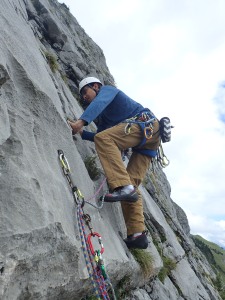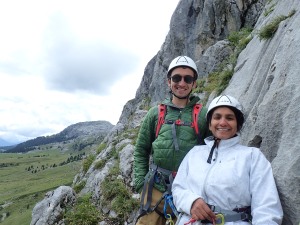I had the opportunity a few weeks ago to do a winter hike of Mt. Washington, the tallest hill in New England and famous home to “the worst weather in the world” (and New Englanders know all about bad weather). I had hiked it once before in the summer, and found it to be a fun, moderate hike, except for the part where we had to help with the rescue of a collapsed hiker.
Yep, that was a good one.
Anyways, from a technical standpoint, a winter climb of Mt. Washington is much more committing and difficult, and one of the closest things that New England has to offer for a true Alpine experience. I brought (and used) crampons and an ice axe, and consumed what I would estimate to be several thousand calories in the 7 hours that we were on the mountain.
I hiked with two other grad students, David and Katherine, (both from Harvard) that I had met through the MIT outing club. We spent the night at the MITOC cabin near North Conway, so we were able to get a reasonably early start on Saturday morning- according to the ranger’s logbook, we were the second party to have left the trailhead that morning (at around 7:00 am), the first group having apparently left at 2:30 am for a sunrise on the summit, although we were leapfrogging most of the day with a group of 9 older dudes from the Mansfield area.
The Lion’s head winter route had just opened earlier that week (it’s been an unusually low snowfall year in New England), so that was the route that we took.
There were some areas where the cover was a little thin, making it harder to get good purchase with our crampons, but otherwise the conditions were great!
As we broke above treeline (around 9:30 am), we were rewarded by more sunshine and surprisingly little wind- a rare happening on Mt. Washington in the winter. The day was so clear we could actually see all the way to the Atlantic Ocean, some 70 miles in the distance.
As we gained Lion’s Head and passed through Split Rock, we could see the headwall of Tuckerman’s Ravine off to our left. Another goal of mine to ski Tucks at some point, although today was not the day for it- VERY thin cover, and just a week prior there had been a scary avalanche.
We were breaking trail, so there were sections where we were postholing through snow drifts. The Mansfield Geezers dogged our nicely cut steps the whole way, and then passed us about 100 feet short of the summit.
Rascals.
The summit cone was (not unexpectedly) windy, but relatively tame for Mt. Washington, with gusts < 40 miles per hour. With wind chill the temperature was around -10F, which, while balmy for the summit in January, is still cold. I took my liner gloves off for about 5 minutes to eat lunch, and when I tried to put them back on I found that my sweat had infiltrated the fabric and then frozen, rendering my gloves unwearable until I could melt ’em enough to fit back on my hands.
After a couple more photos and chocolate bars at the summit we headed back down. We were at the summit by 11:00 AM and back in the car by 2 PM, which is a pretty great pace! Despite the snow and ice, it was actually much faster than my pace when I hiked in the summer, even discounting the ~3 hour Good Samaritan delay. Another group from MIT that went up around the same day broke the hike up into two days (camping out on Boot Spur somewhere), and didn’t get back to their cars until 6 pm or so on the second day, meaning that they spent ~36 hours on the mountain, which sounds… cold.
All in all, a wonderful time, and some of the most fun I’ve climbing in the East. After we descended we stopped in town and utterly demolished a couple of large Flatbread pizzas.














![IMG_0034[1] IMG_0034[1]](https://avilashcramer.files.wordpress.com/2016/02/img_00341.jpg?w=475&resize=475%2C356&h=356#038;h=356)
![IMG_0036[1] IMG_0036[1]](https://avilashcramer.files.wordpress.com/2016/02/img_00361.jpg?w=267&resize=267%2C356&h=356#038;h=356)
![IMG_0037[2] IMG_0037[2]](https://avilashcramer.files.wordpress.com/2016/02/img_00372.jpg?w=371&resize=371%2C495&h=495#038;h=495)
![IMG_0040[1] IMG_0040[1]](https://avilashcramer.files.wordpress.com/2016/02/img_00401.jpg?w=371&resize=371%2C495&h=495#038;h=495)
![IMG_0044[1] IMG_0044[1]](https://avilashcramer.files.wordpress.com/2016/02/img_00441.jpg?w=371&resize=371%2C278&h=278#038;h=278)
![IMG_0043[1] IMG_0043[1]](https://avilashcramer.files.wordpress.com/2016/02/img_00431.jpg?w=371&resize=371%2C278&h=278#038;h=278)
![IMG_0046[1]](https://avilashcramer.files.wordpress.com/2016/02/img_00461.jpg?w=434&h=579)
![IMG_0047[1]](https://avilashcramer.files.wordpress.com/2016/02/img_00471.jpg?w=454&h=606)
![IMG_0052[1] IMG_0052[1]](https://avilashcramer.files.wordpress.com/2016/02/img_00521.jpg?w=475&resize=475%2C356&h=356#038;h=356)
![IMG_0059[1] IMG_0059[1]](https://avilashcramer.files.wordpress.com/2016/02/img_00591.jpg?w=267&resize=267%2C356&h=356#038;h=356)
![IMG_0063[1] IMG_0063[1]](https://avilashcramer.files.wordpress.com/2016/02/img_00631.jpg?w=475&resize=475%2C356&h=356#038;h=356)
![IMG_0060[1] IMG_0060[1]](https://avilashcramer.files.wordpress.com/2016/02/img_00601.jpg?w=267&resize=267%2C356&h=356#038;h=356)
![IMG_0051[1]](https://avilashcramer.files.wordpress.com/2016/02/img_00511.jpg?w=618&h=824)
![IMG_0066[1]](https://avilashcramer.files.wordpress.com/2016/02/img_00661.jpg?w=622&h=829)

